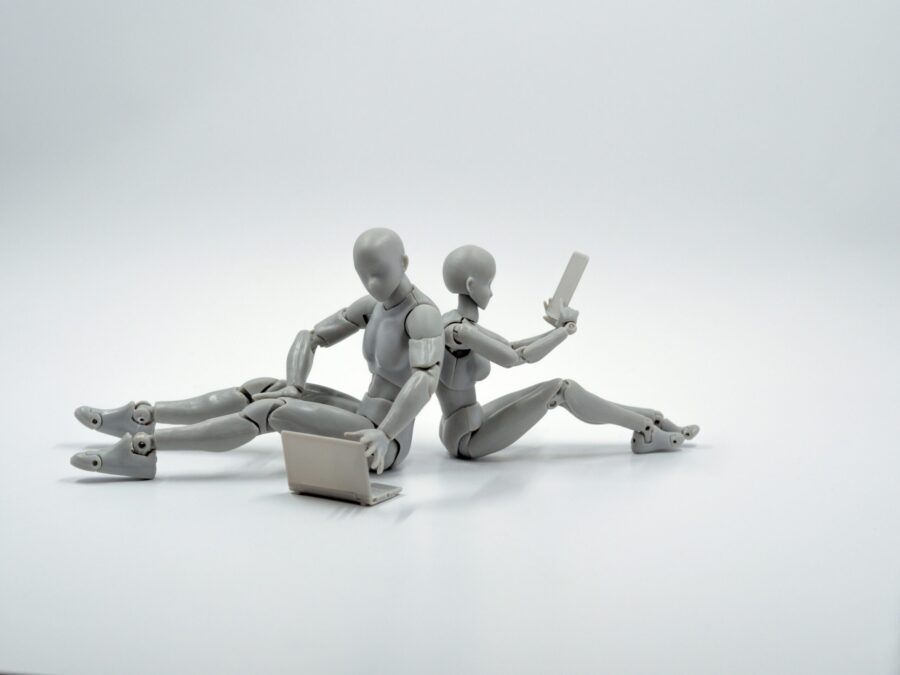Despite all the hype around AI stealing certain types of jobs, the general consensus in the translation industry is that AI will never totally replace human translators. Given the role of context, consistency, and the need for accuracy, human intervention will always be necessary during the translation process. More specifically, machine translation is not even a partial substitute for a human translator; rather, it is a tool that only a professional translator knows how to use best.
How translators use machine translation
First, it takes years to be able to use machine translation as a tool. Before anything, you must have a mastery of different translation skills and a profound understanding of the target language in order to be able to quickly identify whether a machine translation can be improved upon (because it can almost always be improved) or whether it needs to be completely re-translated.
Professional translators often use machine translation as a tool to streamline their workflow and enhance efficiency. Initially, they input the source text into a computer-assisted translation software known as a CAT tool, which swiftly generates a rough translation. Subsequently, the translator reviews and refines the output sentence by sentence (or paragraph by paragraph), correcting any inaccuracies or nuances that the machine might have missed and even re-ordering sentences so that the translation reads as it is had been written in the source language. By using machine translation, translators can speed up their work without compromising on the precision and finesse that their expertise ensures. This benefit is passed on to clients who can expect faster turnaround times, when necessary.
The ability to use machine translation effectively also depends on how well the translator knows their client. Initially, a translator must spend hours translating content for a new client to gain an understanding of their products or services. This allows them to translate more efficiently and faster with machine translation as they can immediately identify whether a machine-translated sentence can be used or must be thrown out. You cannot skip this first step of getting to know a new client.
The benefits of machine translation
When translators incorporate machine translation into their workflow, it offers numerous benefits for clients with short deadlines. As mentioned above, it facilitates the rapid translation of large volumes of text, ensuring a timely delivery of content. Furthermore, it improves productivity by automating repetitive translation tasks and by leveraging terminology databases and glossaries.
Additionally, machine translation can help the translator quickly comprehend the general meaning of the text so that they focus more on the nuances of language and context rather than spending excessive time deciphering the content. Machine translation can therefore complement the expertise of human translators and enhance their capabilities.
The drawbacks
All that being said, machine translation is in no way a substitute for a human translator. The work of a translator is just as valuable despite their use of machine translation, yet clients believe they can feed their text into a machine translation tool and ask translators for a discount for having “accomplished” this first step. And yet, the work of the translator remains the same: to ensure uniformity by applying consistent terminology and style throughout a translation, maintain brand identity, ensure accuracy, and communicate a coherent message.
Often, translators must work twice as hard to make a machine translation work due to the need to first evaluate the machine output, revise it or completely re-translate it. Because of this, a translator should not be expected to receive half their normal rate. To bring a machine translation up to the quality of a human translation requires expertise and the ability to use CAT tools effectively.
By integrating human expertise with machine translation technology, translators can produce high-quality translations that are both accurate and fluent, meeting the needs and expectations of clients more effectively. But in the end, a human is always behind a quality translation, whether they use machine translation or not, and a machine should not receive credit for their expertise.





